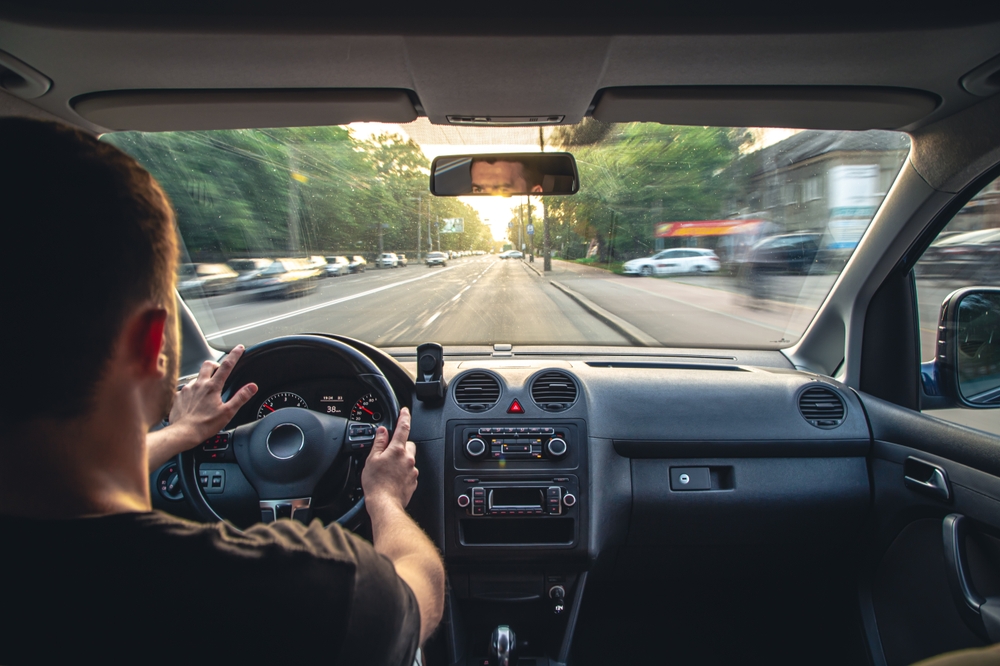When you hop into an Uber, it may feel like a quick and casual ride, but how you act during those few minutes can seriously impact your passenger rating. Most riders think reviews only go one way, but Uber drivers also rate their passengers. A poor score can eventually lead to longer wait times or even deactivation from the platform. While many riders are respectful, there are habits and behaviors that Uber drivers simply cannot stand. If you do any of the following, you may be setting yourself up for a bad review without even realizing it.
Leaving a Mess Behind
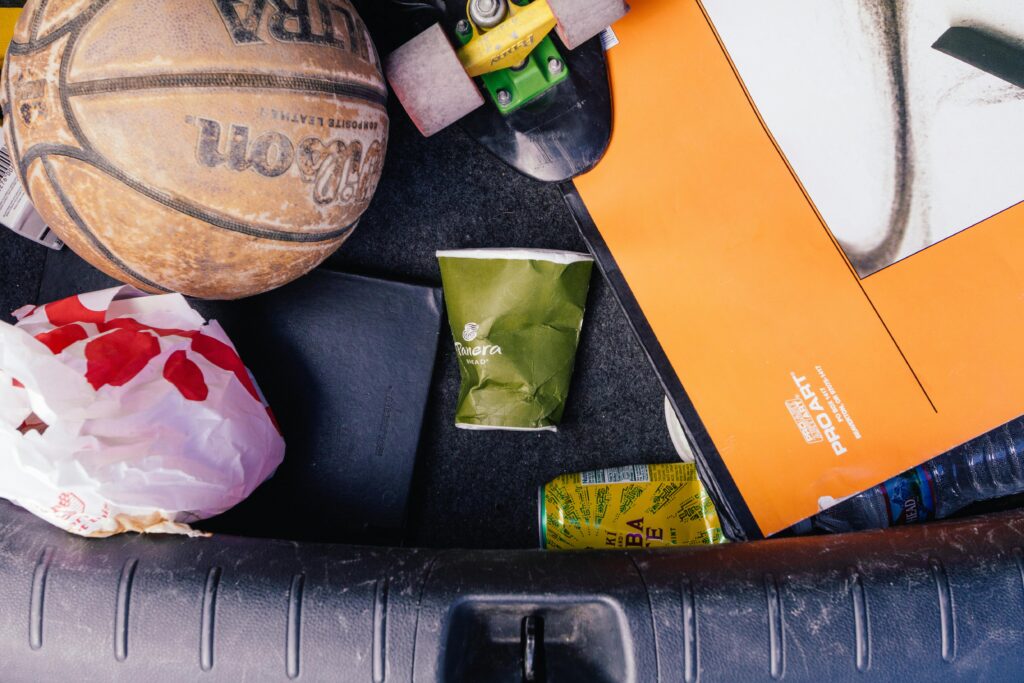
One of the quickest ways to annoy a driver is by treating their car like a trash can. Whether it is crumbs, spilled drinks, or gum wrappers, any kind of mess shows a complete lack of respect. Drivers rely on their vehicle to earn a living, so leaving a mess not only forces them to clean up but can also delay their next pickup. Most drivers keep their cars spotless to earn high ratings, and they expect the same level of courtesy from passengers. A clean ride is not just about comfort, it is also about professionalism. If you need to snack or sip coffee, be cautious and take your trash with you.
Slamming the Car Door
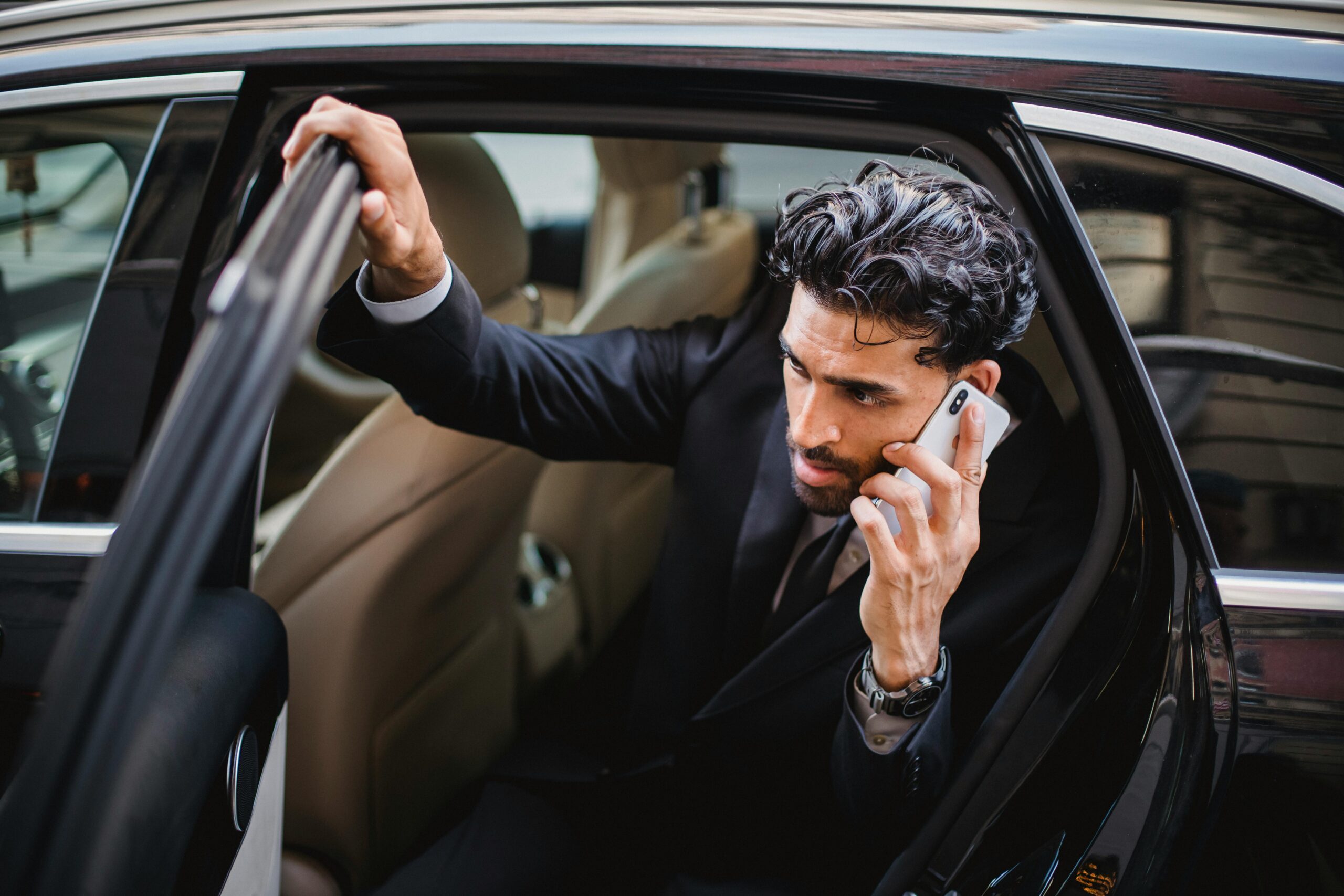
A surprisingly common complaint among drivers is passengers slamming doors too hard. It might not seem like a big deal to you, but repeated slams can cause long-term damage to the car. Uber drivers spend hours behind the wheel and pay out of pocket for maintenance. When a rider aggressively shuts the door, it signals carelessness and disrespect. A gentle close is all that is needed, and it shows you value the driver’s property. Many drivers even post polite signs asking passengers to avoid slamming doors, yet the issue continues to top complaint lists.
Making Them Wait Too Long
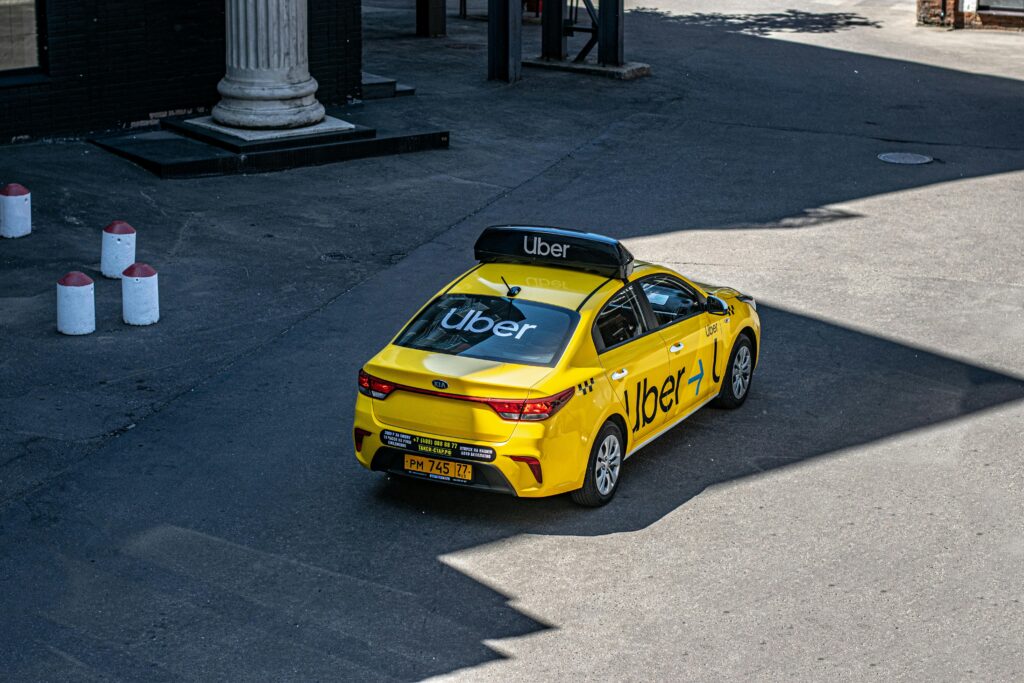
Drivers are on a tight schedule, especially during peak hours. When passengers take more than a few minutes to show up after the car arrives, it can throw off the entire day. Uber gives riders a grace period, but once that expires, drivers can cancel the trip and move on. Making someone wait too long for a scheduled ride is inconsiderate, and it wastes fuel and time. If a driver feels you were careless with their time, it can impact your rating. The best way to stay in good standing is to be ready and waiting before the car pulls up.
Read More: 11 Everyday Expenses That Are Draining Your Wallet
Giving Bad Directions or No Directions at All
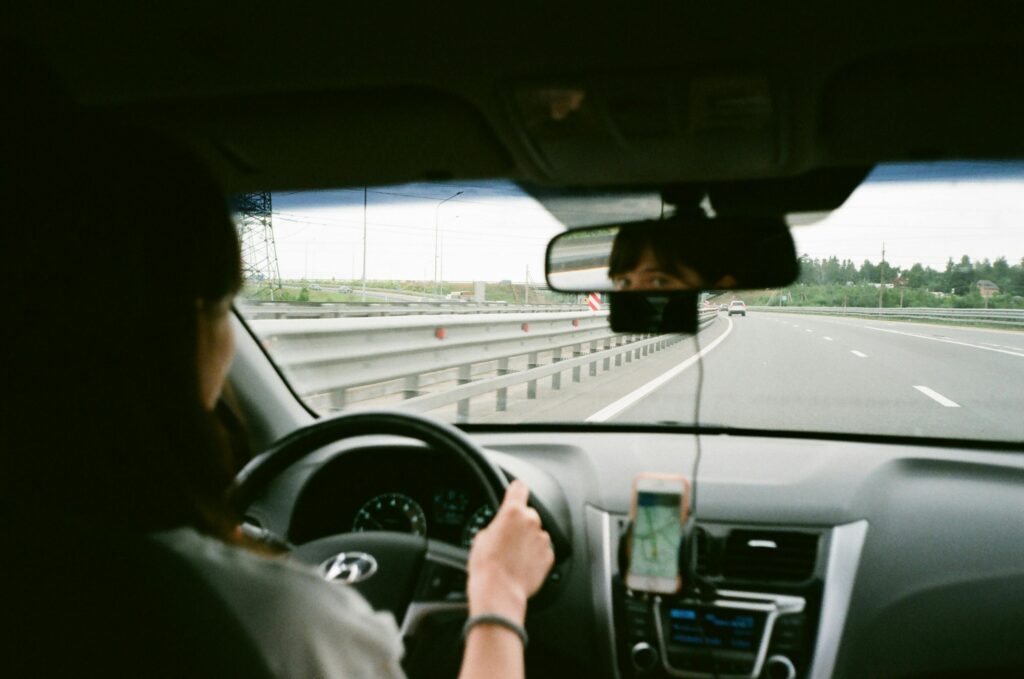
While GPS helps drivers find the best route, it is not perfect. Riders who live in tricky neighborhoods or near complex buildings should offer clear guidance. Saying nothing and expecting the driver to guess where to go is frustrating. On the other hand, giving overly complicated or incorrect directions can make the ride more difficult than it needs to be. Uber drivers value passengers who communicate clearly and help when needed. If your building is hard to find or your street is confusing, speak up early and be kind about it.
Bringing Food With a Strong Smell
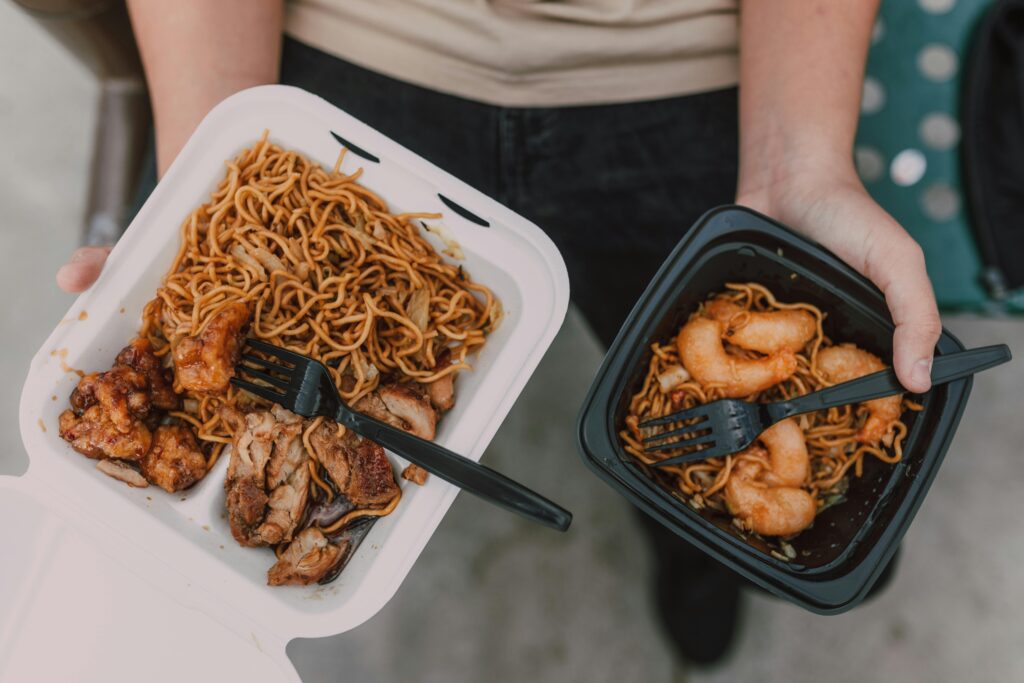
It is one thing to carry a sealed snack, but showing up with a greasy burger or spicy takeout is a different story. Uber drivers often work long shifts and are sensitive to strong smells inside their vehicle. Once a car smells like onions or fried chicken, that odor can ling
er for hours. This affects the comfort of the next passengers and may lead to lost tips or negative reviews. If you must bring food, choose something mild and well-sealed. Better yet, wait until you get home. The ride is shared space, and that means being mindful of others.
Being Loud or Disruptive
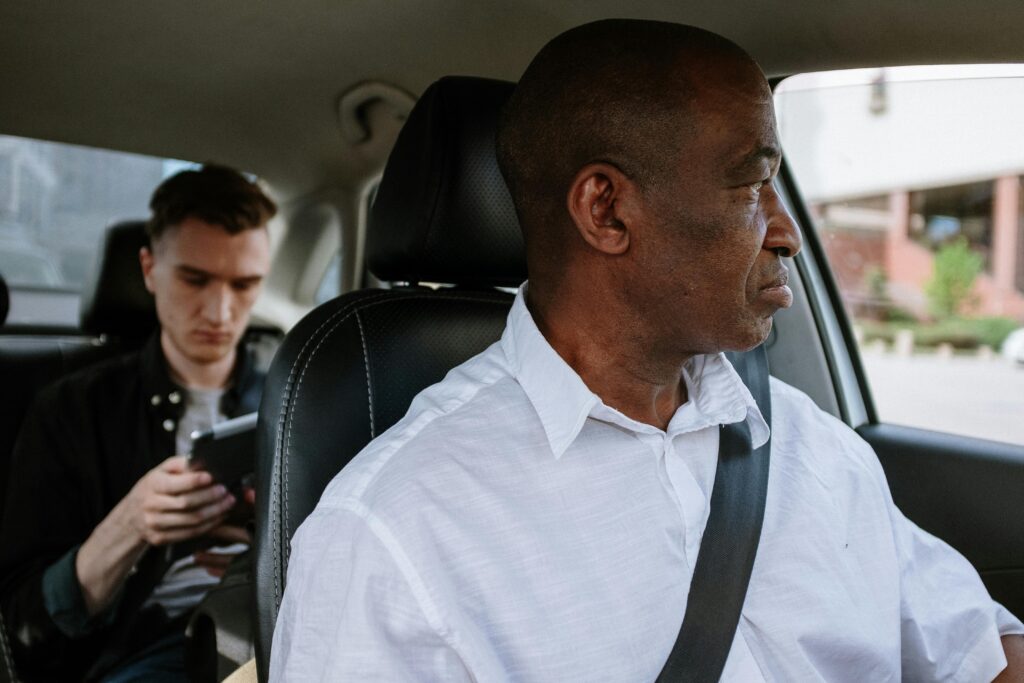
Most drivers welcome small talk or music, but there is a limit. Passengers who are overly loud, argue with others on speakerphone, or blast music through their own devices create a stressful environment. Some riders treat the backseat like a party zone, especially after a night out, but this is unfair to the driver. They need to focus on the road, not deal with chaos inside the car. Calm, respectful behavior not only earns you better ratings, but also makes the trip more enjoyable for everyone. Save the wild energy for after the ride.
Ignoring Basic Manners
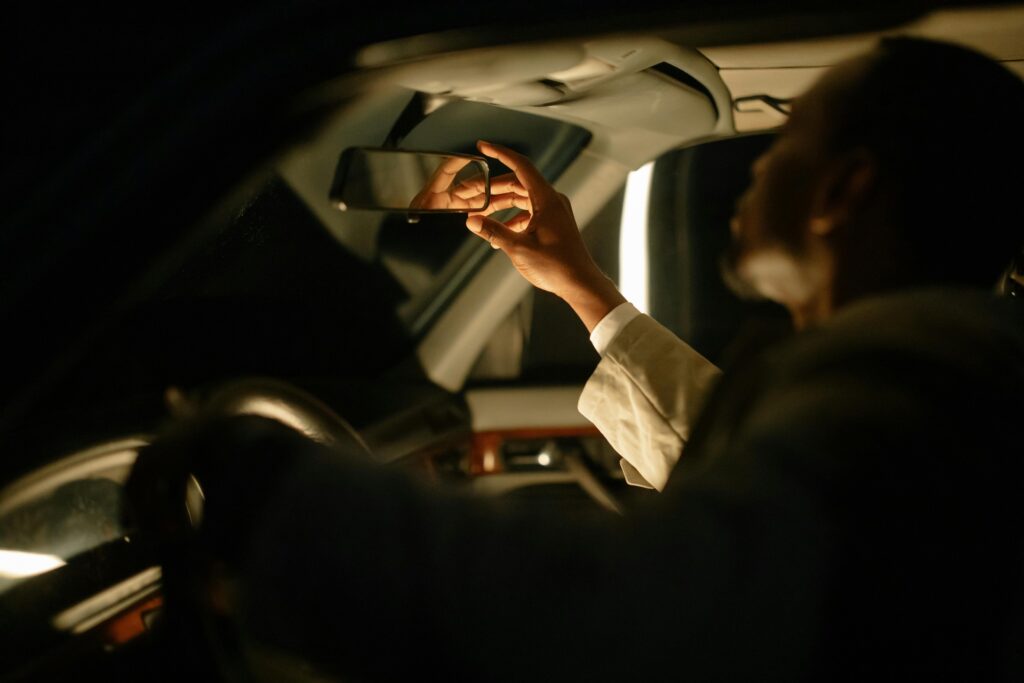
A simple “hello” or “thank you” can go a long way. Drivers are not your personal chauffeurs, and ignoring them altogether makes the ride feel cold and transactional. On the flip side, treating them rudely or giving orders instead of making requests is a guaranteed way to get a bad review. Uber drivers appreciate friendly passengers who show basic courtesy. You do not need to chat the whole time, but acknowledging the driver’s presence and thanking them at the end is just common decency. Respect goes both ways in the ride-share experience.
Sneaking in Extra People
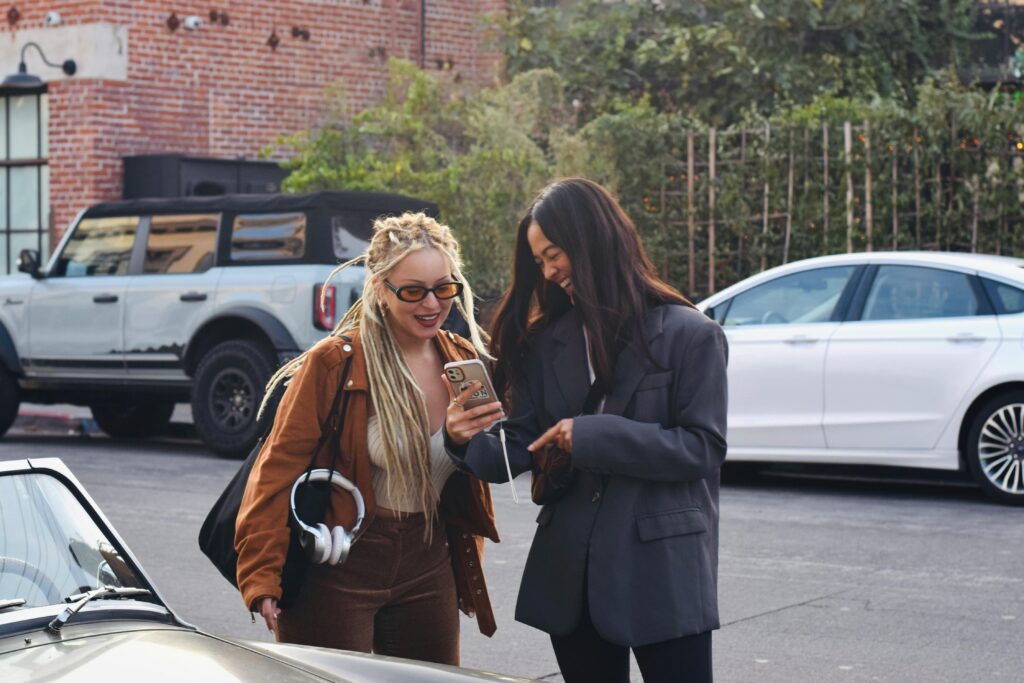
When you book an UberX for one or two people but show up with a crowd, drivers often feel taken advantage of. Each Uber category has a passenger limit for a reason, and violating those limits is not only frustrating, it is also against company policy. Cramming too many people into a car creates safety issues and puts the driver at risk of deactivation. Some passengers try to convince drivers to look the other way, but this is unfair and uncomfortable. If you need a bigger ride, book an UberXL or split into two cars.
Bringing Pets Without Warning
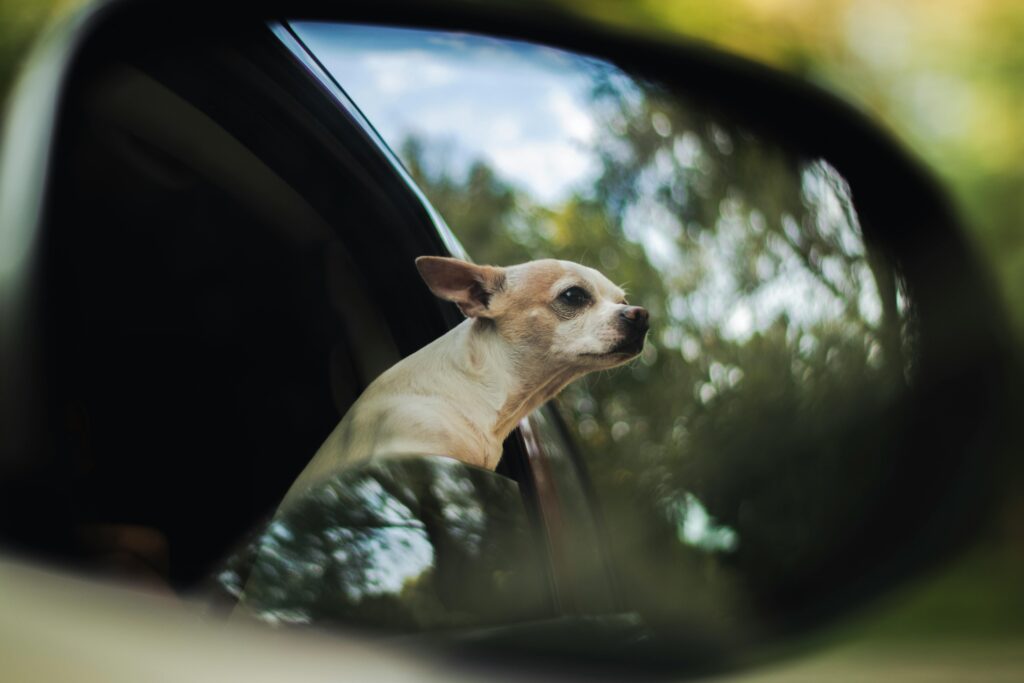
Service animals are allowed by policy, but bringing a pet without checking first is another issue. Some drivers have allergies, others worry about fur and odors. Even small dogs or cats can cause a mess or distract the driver. Most passengers do not realize how long it takes to clean up after an unexpected pet. A few pet hairs can cost the driver a tip or even another ride. Always notify the driver ahead of time if you plan to bring an animal, and be ready to take responsibility for any accidents or cleanup.
Being Intoxicated or Disrespectful

Late-night rides often come with challenges, especially when passengers are drunk or acting erratically. Drivers understand that some people are coming home from parties or events, but they draw the line at aggressive or inappropriate behavior. Slurred speech, yelling, unwanted advances, or vomiting in the car can lead to immediate deactivation. Riders who get into the vehicle clearly intoxicated may also be refused service for safety reasons. A good rule is to treat your Uber like you would any other professional space, even if you have had a few drinks.
Leaving Low Tips for No Reason
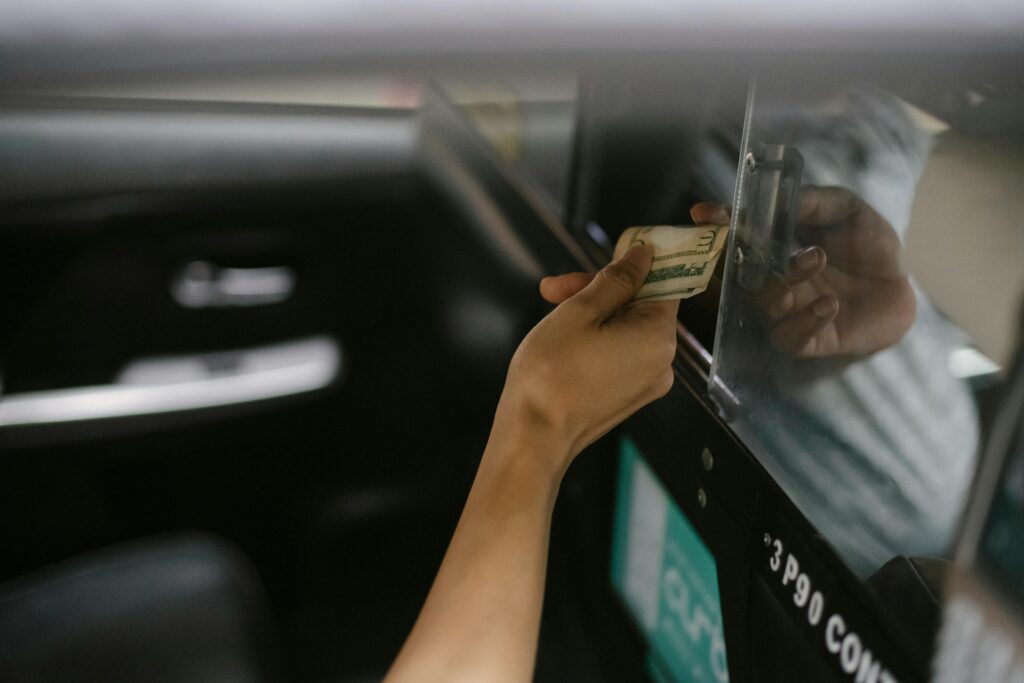
While tipping is technically optional, drivers do notice who tips and who consistently does not. For many, tips make up a large part of their income, especially in cities with high gas prices and low base fares. If a driver went out of their way to help with luggage, waited patiently, or provided a clean, smooth ride, showing appreciation with a tip is respectful. Leaving a low or no tip after a great ride sends a message that you do not value their time or effort. It might not lower your passenger rating instantly, but over time, it makes a difference.
Cancelling at the Last Minute
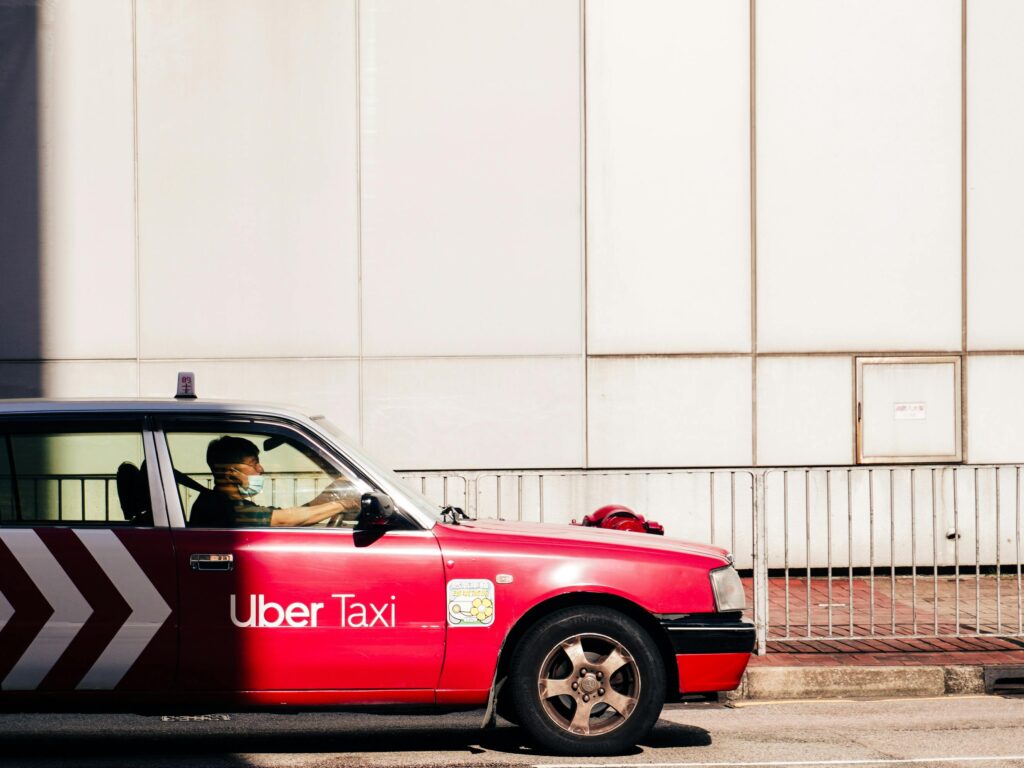
Few things frustrate Uber drivers more than a rider who cancels after the driver has already arrived. Last-minute cancellations waste time and gas and often prevent drivers from accepting another fare. If you know you no longer need the ride, cancel as early as possible. Repeatedly booking and cancelling rides is not only disruptive but can lead to penalties or rating drops. While some cancellations are unavoidable, the best practice is to plan ahead and cancel early to avoid inconveniencing your driver.
Read More: Woman Gets Locked on Roof, Decides It’s Faster to Order Uber Eats Than Call for Help
Courtesy Behind The Scenes
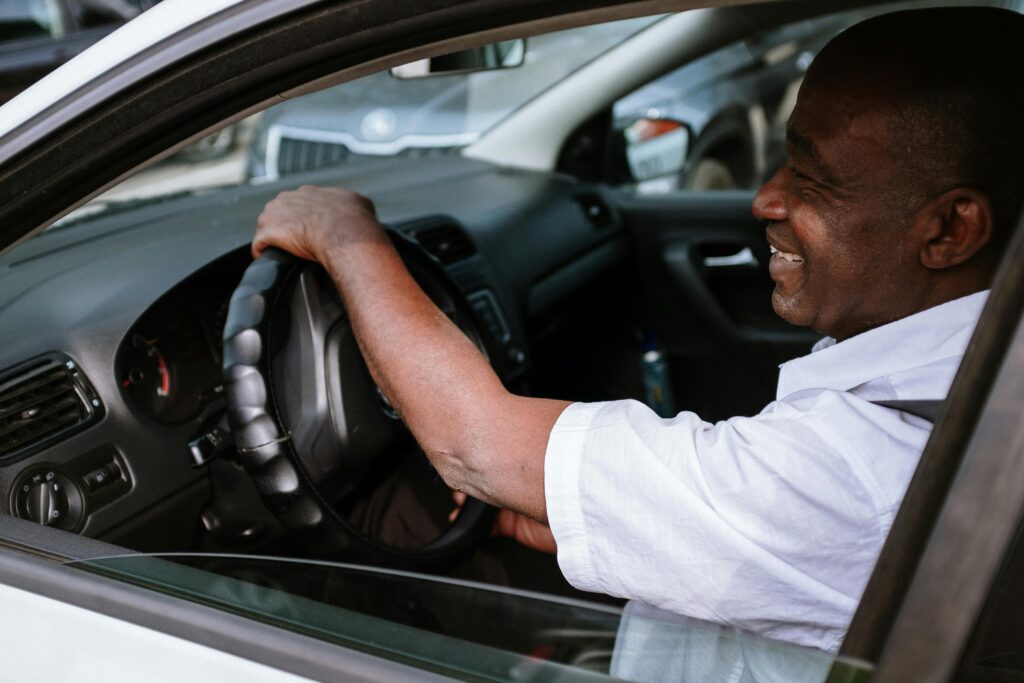
Being a good Uber passenger is not complicated. It boils down to treating your driver and their vehicle with respect, being on time, and communicating clearly. The ride-sharing system works best when both parties do their part. Small actions like closing the door gently, saying thank you, and avoiding strong smells go a long way. Uber drivers are not just steering the car, they are managing a mobile workplace. If you want to keep your five-star rating and avoid getting flagged by drivers, remember that a little courtesy behind the scenes can make all the difference.
Disclaimer: This article was created with AI assistance and edited by a human for accuracy and clarity.
